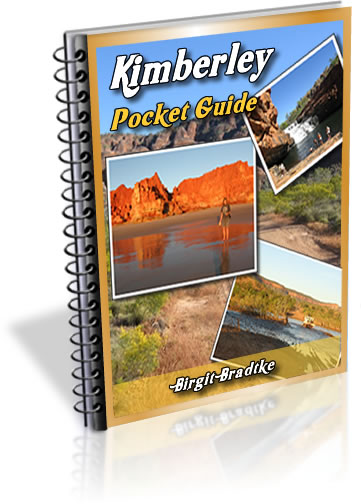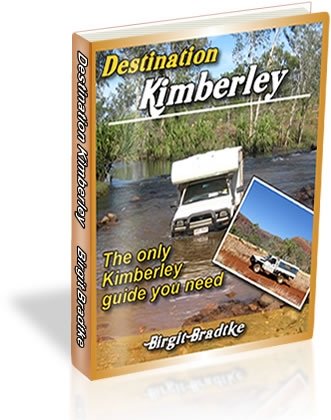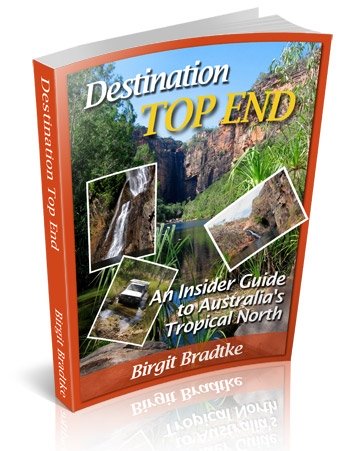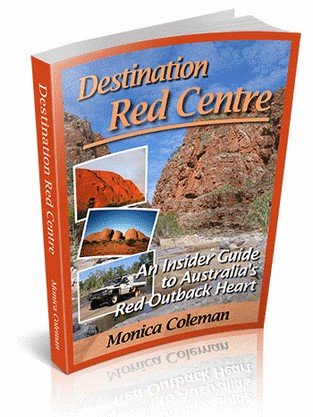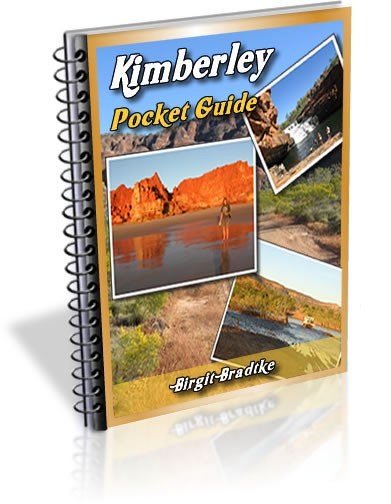The Kimberley in 1968
by Dan Freeman
It is now 42 years since I drove along the mostly dirt road from Derby to Mt House cattle station, and on to Wyndham. Along the way - the journey took about four months - we stopped off and took a little walk north from Mt Barnett in the direction of Rocky Mountain.
Our aim was to rediscover the black grasswren, Amytornis housei, which had not been seen for 67 years - since, in fact, its discovery in 1901 by Dr FM House, the ornithologist attached to a surveying party led by FS Brockman.
On that isolated July walk in 1968 we came across the spectacular Manning Falls...and back then we thought we were probably the first white people to have seen it!
Three of us undertook this walk. Harry Butler, who later became famous in Australia, Brian Booth,the expedition leader and me, a young ornithologist employed by London's Natural History Museum. We were on the fifth leg of the Harold Hall Australian Expeditions that studied and collected birds throughout much of Australia during the 1960s.
In a few weeks time I will have a book published. It will be released in Australia. Called Mangroves and Maneaters and other Wildlife Encounters, one of its chapters tells the story of our rediscovery of the black grasswren in July 1968 around the headwaters of Manning Creek and the Isdell River, though we returned to our base camp after four days to find that the other three expedition members, Ralfe Whistler, whose father wrote a definitive book on Indian birds, Tony Hiller, who now runs a biological centre near Brisbane, and Cliff Frith, who has become a world authority on bower birds and birds of paradise, had also found it close to the Barnett escarpment!
The chapter is called Grasswrens from the North and reveals that working on birds in a museum is not quite the bed of roses it might be considered...
There are three other Australian chapters - one about Point Torment just north of Derby and its horrendous mosquitoes and giant crabs, one about a reef off Darwin and another about Isobel Bennett, a famous Australian marine biologist who I met in East Africa nearly 40 years ago and kept in touch with until she died a couple of years ago aged 98!
I enjoy reading your website. It would be interesting to retrace my footsteps and see how much - or how little - the Kimberleys have changed. Probably roads and places to stay are the big difference. The Kimberleys have opened up to tourists in a big way since we were there, though this 'opening up' is not always such a good thing!
Keep up the good work - you obviously love the place in all its mood swings around the year.
With best wishes,
Dan
Comments for The Kimberley in 1968
|
||
|
||
|
||
|
||
|
||
|
||
Travelling to the Kimberley?
The FREE Kimberley Pocket Guide
A great introduction to travel in the Kimberley region and along the Gibb. This free resource will answer all the questions you might have in the early stages of planning a trip.
Destination Kimberley
The full Kimberley travel guide shows you how to make the most of your adventure at Australia's last frontier. Destination Kimberley includes the most detailed and most current guide to the Gibb River Road available anywhere. Also called "The Bible" by its readers.
Travelling to the Northern Territory?
Destination Top End offers the same comprehensive, detailed insider information for the tropical regions of the Northern Territory. Be the best informed traveller in the Kakadu, Litchfield and Katherine Gorge national parks and beyond!
A must have if you travel to or from Darwin.
NEW! Destination Red Centre is the latest addition in this popular series. Monica Coleman takes you through Australia's red Outback heart, offering all the detail and insider tips that you have come to know and love about our guides. With special emphasis on Aboriginal communities and culture.
A must have if you travel to or from Alice Springs/Uluru.
